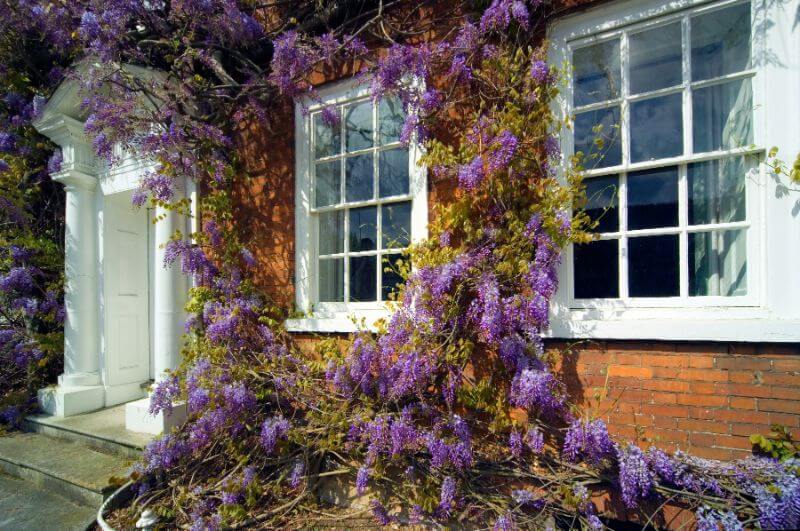If your home is a period property or listed building, it’s likely you’re living with old-fashioned sash windows. These traditional windows certainly give your home an elegant and timeless appeal, but in cold weather their insulation properties are minimal.
The obvious solution is to replace them with modern, energy-efficient double-glazing, but this may be impossible.
- It would change the look of the property dramatically – inside and out – which isn’t ideal for a period home.
- If the building is listed or in a conservation area, there’ll be legal restrictions affecting maintenance and the overall appearance. Contemporary double-glazing won’t be permitted.
So, how do you keep freezing draughts and rising energy bills at bay whilst keeping the original sash windows? Secondary glazing is the perfect solution, and you’ll hardly notice it’s there!

What Are Sash Windows?
These single-pane windows are made of two sliding panels of glass in wooden frames – one at the top and the other at the bottom of the window aperture. The panels open and close by sliding up and down in the main frame and are held in place by lead weights on cords within the frame.
There is no insulation between the two panels or the panels and the main window aperture, so there is no way of preventing draughts. They provide limited sound insulation, and the entire unit (panes and frames) are substantially more fragile than modern glazing, so there’s a security risk as well.
Solve the Problems with Secondary Glazing
This involves covering the existing sash window with a single pane of glass. This secondary pane is housed in an internal frame within the main window aperture (on the inside).
The secondary glazing unit is hinged so you can open the single pane and reach the sash window for ventilation and cleaning. From the outside the extra pane is invisible and even from the inside, it won’t detract from the original sash window.
Greatly Improved Thermal Insulation
Secondary glazing won’t be as energy efficient as double-glazing, but you’ll still notice a dramatic improvement. The gap between the secondary pane and the sash window traps air in the space in the same way as a fully double-glazed unit. This provides as an insulating layer to keep warm air in and cold air out.
For extra thermal efficiency, you could use low E glass for the secondary panel. This is covered with a special coating that reflects heat back into the building, and it’s so thin you won’t notice it’s there.
With or without special coatings an extra pane of quality glass in a modern frame will considerably reduce heat loss, which keeps your home nice and toasty and your energy bills under control.
Beefs Up Security
Old sash windows are fragile – an intruder would have no trouble in breaking the glass and probably the frame as well. Secondary glazing is infinity more robust and comes with window locks; both glass and frame are built to last, so your home will be much more secure.
Reduce Sound Pollution
There’s always noise from outside, wherever you live. Traffic, people, kids playing – it’s a constant racket and that’s stressful. The air gap and the extra pane combine to form a barrier that reduces external noise considerably.
Cuts Down Condensation
Cold glass attracts moisture, and this causes condensation. Secondary glazing keeps the surface of the windows warmer and so prevents moisture from forming.
Expert Advice at The Window Centre
Find out how to keep your period home warm, cosy and energy-efficient.

